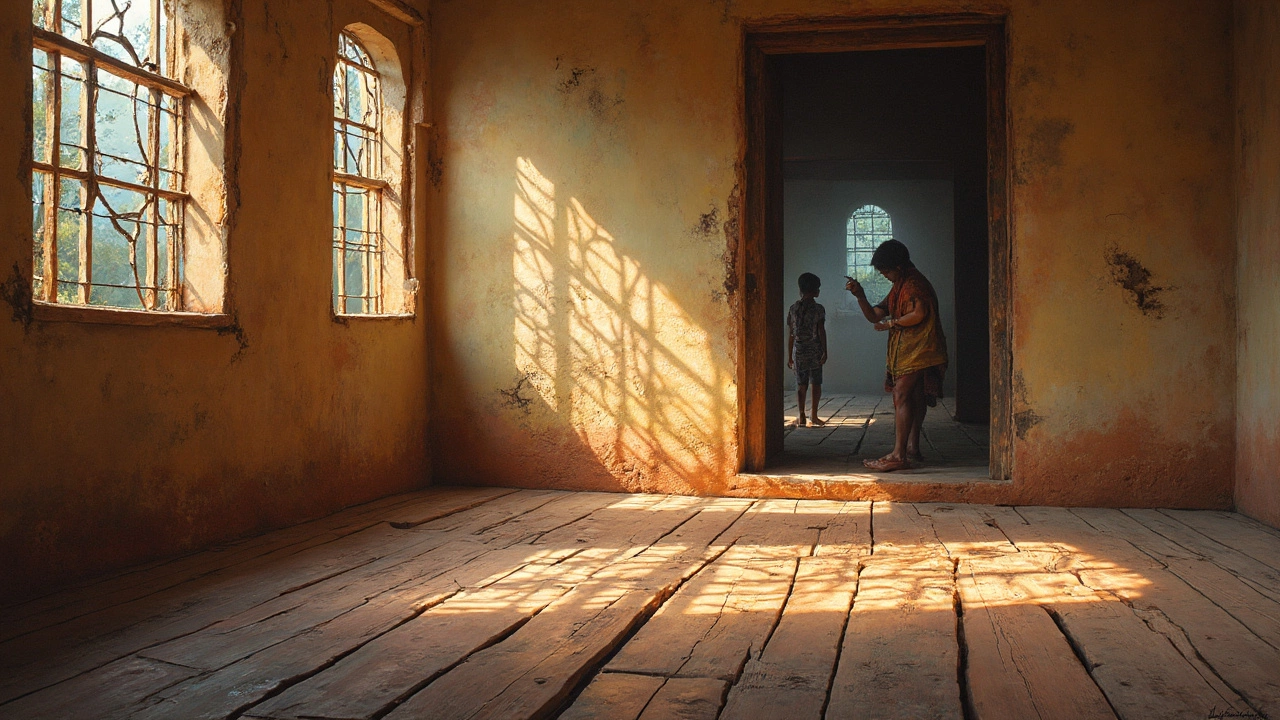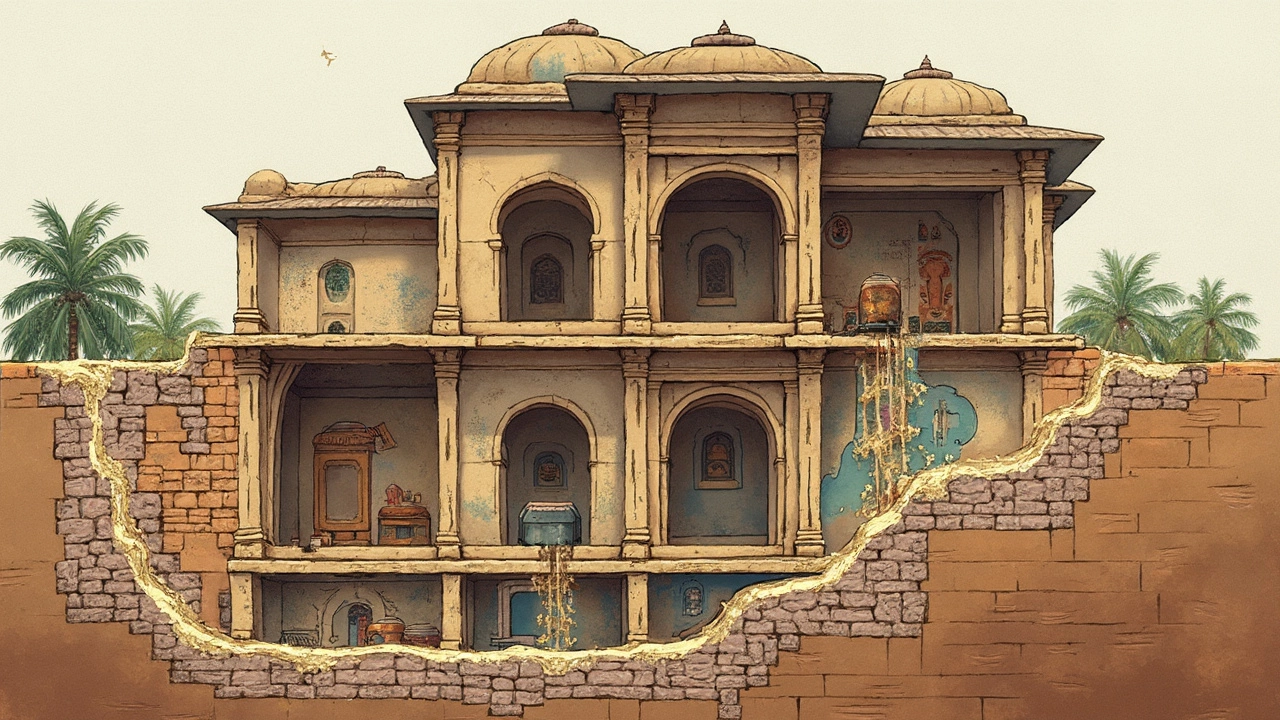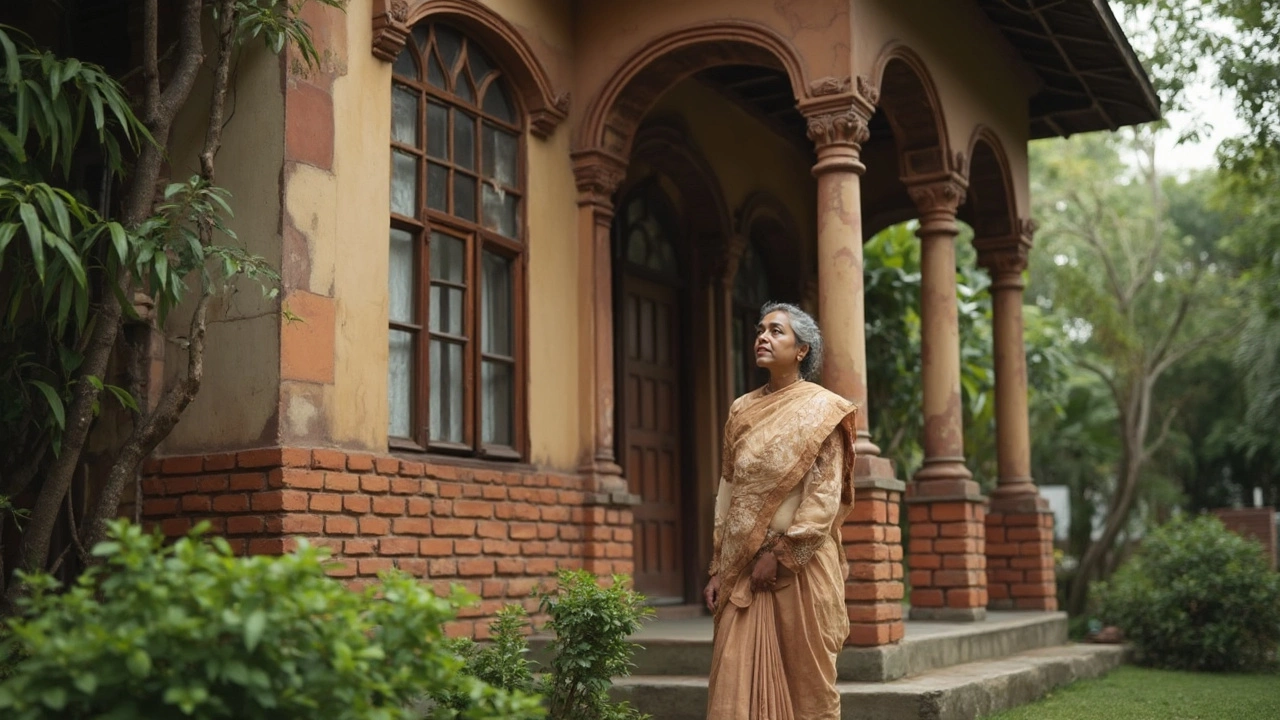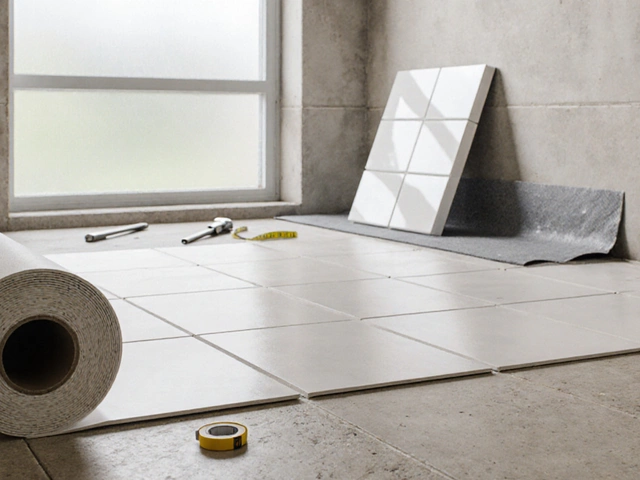So, you're living in an old, charming home, or perhaps you’re thinking about buying one. Along with all that character, there might be some surprises lurking below. Many old houses, bless them, have foundation problems. Annoying, right? But it’s super common, so you're definitely not alone here.
Think about what these houses have been through. Decades or maybe even a century of weather changes and natural shifts in the ground. It's like expecting that favorite old sweater to not have any holes—optimistic but not quite realistic. While newer homes might escape unscathed for a while, older houses can face a whole array of foundation issues.
One thing to keep an eye out for is those small cracks in walls, windows, or doors sticking. These can signal much bigger problems beneath the floorboards, something you definitely want to catch early. People often overlook these signs, but ignoring them could lead to heftier repair bills down the line.
- Common Foundation Issues in Older Homes
- Why Older Homes Are Prone to Foundation Problems
- Signs of Foundation Problems
- Preventive Measures and Maintenance Tips
- When to Call in an Expert
Common Foundation Issues in Older Homes
Older homes, while charming and full of history, often deal with a host of potential foundation problems. Let’s take a closer look at some of the more typical issues you might encounter.
First up, foundation cracks. These can happen because of natural settling over the decades. Moisture gets involved and, well, you know what water can do. Those cracks can be a sign of trouble brewing beneath your feet.
You might also see bowing or curving walls. This usually results from changes in the earth around your house or poor drainage around your home, causing pressure that bends those walls inward—definitely something that needs fixing.
Another common issue is the uneven or sloping floors. Walk around and feel a bit like you’re on a hill? That’s not just part of the historic charm; it’s an indicator that your foundation needs some love. The shifting of soil or breakdown of older materials often causes this problem.
There's also the issue of sticking doors and windows. You’d think your house is haunted constantly opening and closing on its own! But really, that’s because of the movement in the structure, again linked back to foundation shifts.
- Water-related damage: Over time, poor drainage or leaking pipes can lead to moisture damage.
- Soil shifting: As the soil moves, it can shift your foundation, causing unevenness.
- Material wear and tear: Older materials can weaken, losing their original strength.
The key here is to catch these issues early. Addressing them promptly can prevent more extensive work later on, which would also weigh heavier on your wallet. If your home shows any of these signs, it might be time for a thorough inspection to spot those foundation problems. Trust me, a little investigation can save loads of headaches down the line!
Why Older Homes Are Prone to Foundation Problems
Living in or considering buying an older home? Sure, they’ve got charm, but they also come with their share of quirks—not least of which can be foundation problems. So what makes these houses particularly vulnerable?
Well, for one, older homes have been standing for a long time, facing all sorts of weather conditions over the years. The natural wear and tear can cause the ground beneath them to shift. Picture the ground as a giant sponge, expanding and contracting with changes in moisture. Over decades, this can make a home’s foundation settle unevenly.
Another reason is the materials used back in the day. Many older homes were built with materials that aren’t as durable as those used today. For example, concrete block foundations common in older homes might crack easier compared to modern poured concrete. Plus, older construction techniques might not comply with today’s standards, leaving some homes lacking adequate support.
Water is another big culprit. If an old home doesn’t have proper drainage systems (or they’ve just worn out), water can seep into the foundation. This can lead to cracking or bowing walls, particularly troublesome in regions with heavy rainfall. Let’s face it—Manchester’s no stranger to rain!
And then there’s the sheer age of these homes. Like any vintage item, things wear out. Rotten timber, rusting metal reinforcements, or just plain shift-and-settle processes, all add up over time.
Understanding these factors can be handy in dealing with potential foundation issues. If you notice any telltale signs like sticking doors or cracks in walls, it might be time to dig deeper and call in the experts.

Signs of Foundation Problems
Here’s where things could get a bit nerve-wracking. But don’t worry—spotting foundation problems before they turn serious is doable if you know what to look for. Ever tried to open a window, and it just won't budge? Or maybe your doors seem to have a mind of their own and refuse to close properly? These are classic signs of potential issues down below.
Let’s break it down:
- Cracks: Keep an eye on any cracks in your walls, especially those wider than a quarter inch. Vertical cracks could be from settling, but if they’re zig-zagging or at an angle, it might point to something bigger going on with your foundation.
- Sticking Windows or Doors: If you've got windows or doors that suddenly won’t open or shut smoothly, it’s not always about humidity. It might be the house shifting, indicating foundation problems.
- Uneven Floors: Ever feel like your floor’s a mini rollercoaster? Sloping or uneven floors are a pretty clear indicator that your foundation might be slacking on the job.
- Bowed Walls: This is when basement walls start to bow inward, and it’s a major red flag. It's like your house crying out for help.
- Gaps: Notice any gaps between your walls and ceiling or floors? That’s another signal you shouldn’t ignore.
And here’s a little tip: regularly checking for these signs can save you a mountain of stress and cash. Some people find it helpful to keep a little home journal or regularly snap photos of suspicious spots just to track changes over time.
Foundation problems can sneak up on you, but being observant can help catch them before they really dig in. If something feels off, it might be time to call in the experts for a proper look. Better safe than sorry!
Preventive Measures and Maintenance Tips
Alright, time to tackle those foundation problems head-on! Prevention is your best buddy here, especially with older homes. It's way cheaper and way less stressful to maintain than to repair.
First up, check your drainage system. Standing water is like the enemy of a good foundation. Ensure gutters and downspouts are doing their job. Water should be flowing away from your house, not setting up camp right next to it. A slight slope away from the house can work wonders.
Keep an eye on your trees and plants, too. Those roots can sneak up and cause havoc on a foundation over time. It helps to plant trees at least away from the house; they should be looking pretty without causing problems.
Home inspections aren't just for when you're buying a place. Regular inspections can catch small issues before they become big, expensive ones. Gather a pro to conduct a detailed inspection. They know what to look for and can save you a world of trouble.
Humidity levels count too. In the UK, we know it's either raining, just stopped raining, or about to rain. But keeping indoor humidity in check helps reduce stress on the foundation. Dehumidifiers can be a handy investment.
If cracks are starting to show, don't panic, but don't ignore them either. Catching problems early can save you big bucks. Small DIY repairs might be possible, but if you’re not sure, better call in a pro. Better safe than sorry!
Here’s a quick list to help maintain that foundation:
- Ensure proper drainage with functional gutters and a sloping landscape.
- Plant trees and bushes at a safe distance from the home.
- Schedule regular inspections for peace of mind.
- Manage indoor humidity to avoid excess moisture.
- Address small cracks or shifts as soon as you spot them.
Keeping your foundation healthy isn't glamorous, but trust me, it pays off. A little TLC goes a long way in keeping those foundation repairs at bay while ensuring your cherished old home stays safe and sound.

When to Call in an Expert
Sometimes DIY can't cut it, especially when it comes to something as crucial as your home's foundation. But how do you know when it’s time to bring in the pros? Here are some signs that scream "call an expert!"
If you see large cracks in your walls or uneven floors, that’s a red flag. Not all cracks are created equal. Hairline cracks might not be a big deal, but bigger ones—especially those bigger than a quarter inch—might need a pro to take a look.
Another indicator is if your doors and windows are consistently sticking or won’t close properly. Sure, humidity can play a part sometimes, but if it feels like there’s a ghost opening or closing them, your house might be shifting.
Now, let’s talk about water. Is your basement or crawl space getting damp or flooded? That could mean water is eroding the foundation, and that's where a foundation repair expert swoops in to save the day.
Foundation problems might make your house lean or settle, making the floors sloped. If you roll a ball on the floor and it zips to the other end, it’s probably time to call someone.
- Big wall or floor cracks
- Sticking doors or windows
- Damp or flooded basements
- Uneven floors
Don’t ignore these signs. The longer you wait, the bigger the issue—and the bill—can get. Bringing in an expert early might save you a lot of money and headaches down the line. Sometimes they even offer free consultations just to let you know what's what. It's a small step that can prevent massive problems in the future.






